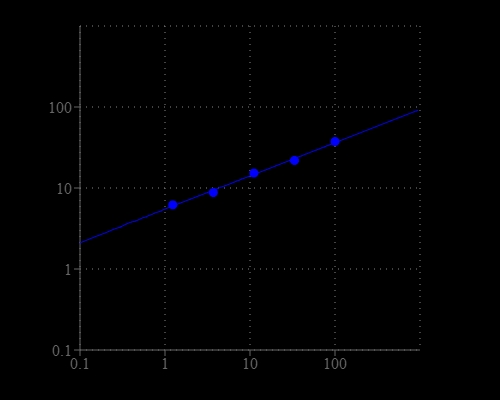Amplite® Total Sulfide Quantification Kit
Hydrogen sulfide is not usually a health risk at concentrations present in household water. Water containing hydrogen sulfide, commonly called sulfur water, has a distinctive "rotten egg" odor, which may be especially noticeable when running hot water. Such water can discolor coffee, tea and other beverages, and alter the appearance and taste of cooked foods. However, hydrogen sulfide dissolved in water can corrode plumbing metals, such as iron, steel, copper and brass and exposed metal parts in washing machines and other water-using appliances. The corrosion of iron and steel from hydrogen sulfide forms ferrous sulfide or "black water" which can darken silverware and discolor copper and brass utensils. Hydrogen sulfide can also interfere with the effectiveness of water softeners. High sulfide concentration is poisonous. Amplite® Sulfide Quantification Kit provides a robust method for detecting sulfide anion in solution. It uses Sulfide Green™, a selective and sensitive green sulfide probe that can be easily monitored with a fluorescence microplate reader (Ex/Em = 490/530 nm). Upon reaction with sulfide anion, Sulfide Green generates strong green fluorescence that is proportional to sulfide concentration. Amplite® Fluorimetric Sulfide Anion Quantitation Kit can be performed in a convenient 96-well or 384-well microplate format and easily adapted to automation with no separation steps required. The assay can be completed within 30 minutes.


| Catalog | Size | Price | Quantity |
|---|---|---|---|
| 21300 | 100 Tests | Price |
Storage, safety and handling
| H-phrase | H303, H313, H333 |
| Hazard symbol | XN |
| Intended use | Research Use Only (RUO) |
| R-phrase | R20, R21, R22 |
| UNSPSC | 12171501 |
Instrument settings
| Fluorescence microplate reader | |
| Excitation | 490 nm |
| Emission | 530 nm |
| Cutoff | 515 nm |
| Recommended plate | Solid black |
| Instrument specification(s) | Top read mode |
Contact us
| Telephone | |
| Fax | |
| sales@aatbio.com | |
| International | See distributors |
| Bulk request | Inquire |
| Custom size | Inquire |
| Technical Support | Contact us |
| Request quotation | Request |
| Purchase order | Send to sales@aatbio.com |
| Shipping | Standard overnight for United States, inquire for international |
Page updated on January 14, 2026
